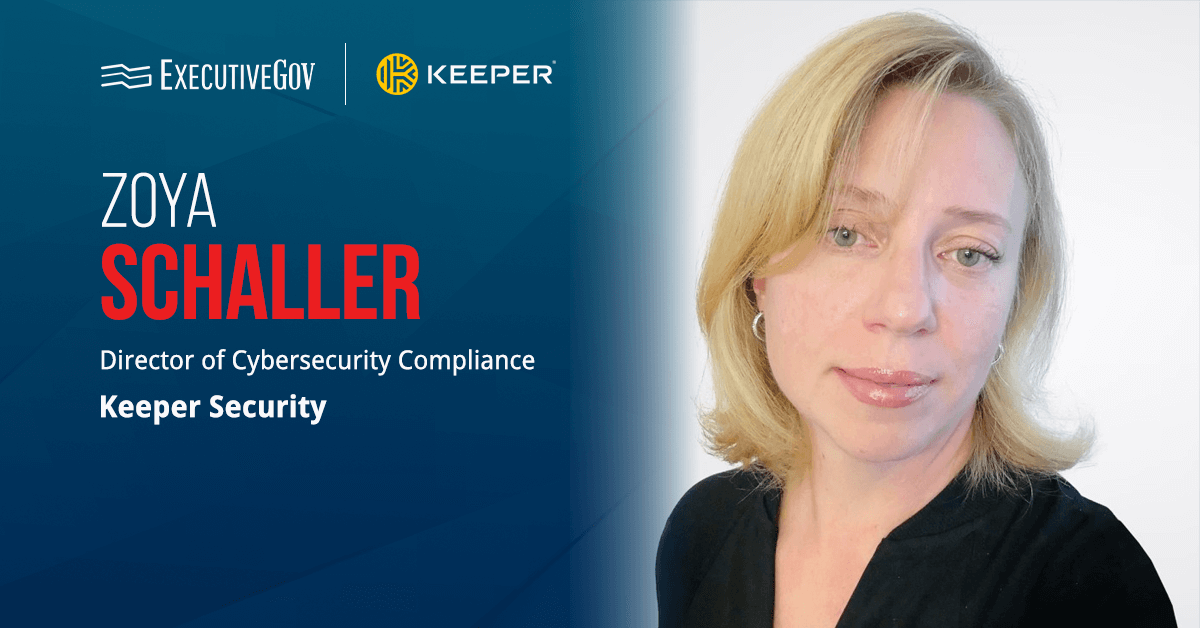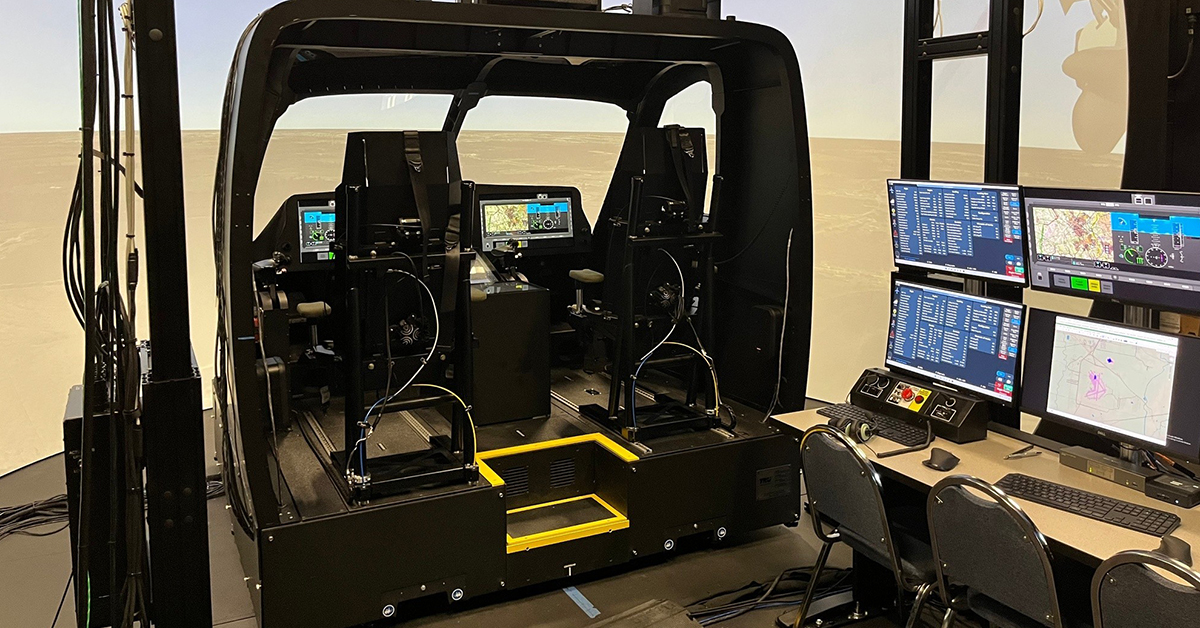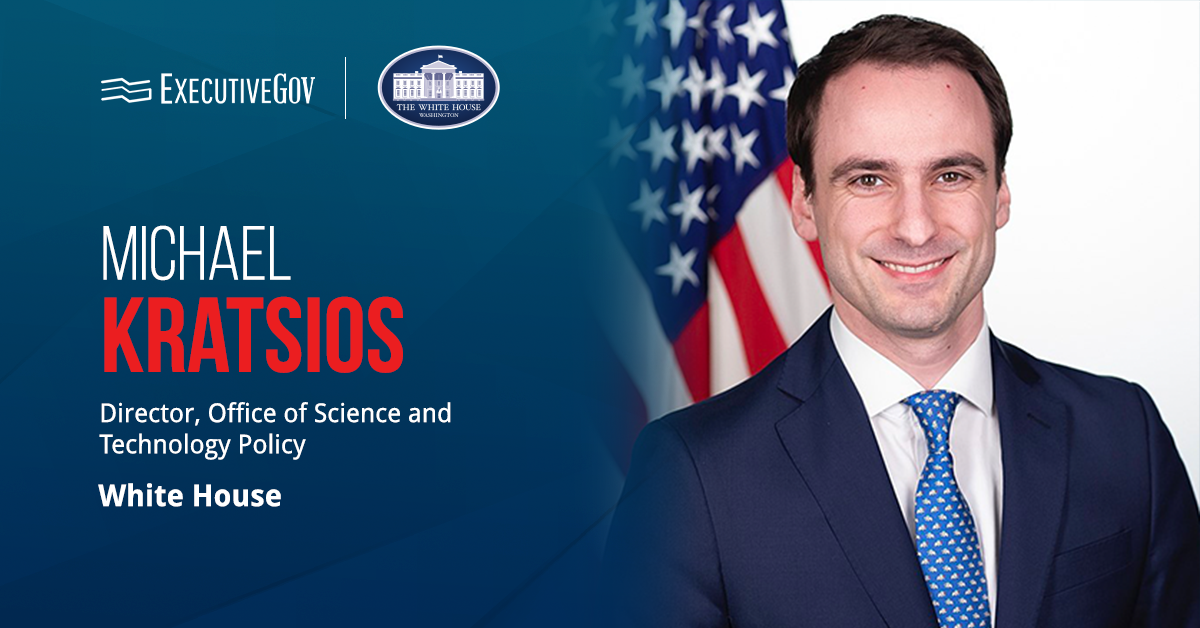The Space Development Agency launched the first prototype risk reduction satellite from the Vandenberg Space Force Base in California on June 23.
Table of Contents
T1DES Proto
The agency said Tuesday the satellite is one of 12 planned prototypes under the Tranche 1 Demonstration and Experimentation System, or T1DES, constellation program. The T1DES Proto space vehicle, also known as York Space Systems’ Dragoon, was launched aboard SpaceX’s Falcon 9 rocket as part of the Transporter 14 rideshare mission.
The space vehicle is intended to facilitate the integration of the tactical satellite communication, or TACSATCOM, system from low Earth orbit and to test the delivery of tactical data to military platforms to support targeting, missile warning and advanced missile threats tracking capabilities. The launch also served as a test for York’s LX-CLASS satellite platform, which is expected to be utilized for other agreements between SDA and York.
Get insights on satellite communications and other critical air and space defense initiatives at the Potomac Officers Club’s 2025 Air and Space Summit this coming July 31.
Future T1DES Deployments
The SDA intends to deploy the other 11 T1DES space vehicles in 2026. These prototype satellites will perform further experiments and demonstrations involving capabilities vital for ensuring seamless connectivity for joint military forces worldwide, including TACSATCOM, advanced waveforms and Integrated Broadcast Service technologies.
SDA Director Derek Tournear on the T1DES Program
“T1DES will demonstrate mission payloads and configurations for potential proliferation through future tranches of the Proliferated Warfighter Space Architecture in an effort to lower latency of tactical data delivery and enhance beyond line-of-sight targeting capability,” said SDA Director Derek Tournear, winner of the Wash100 Award in 2021.












